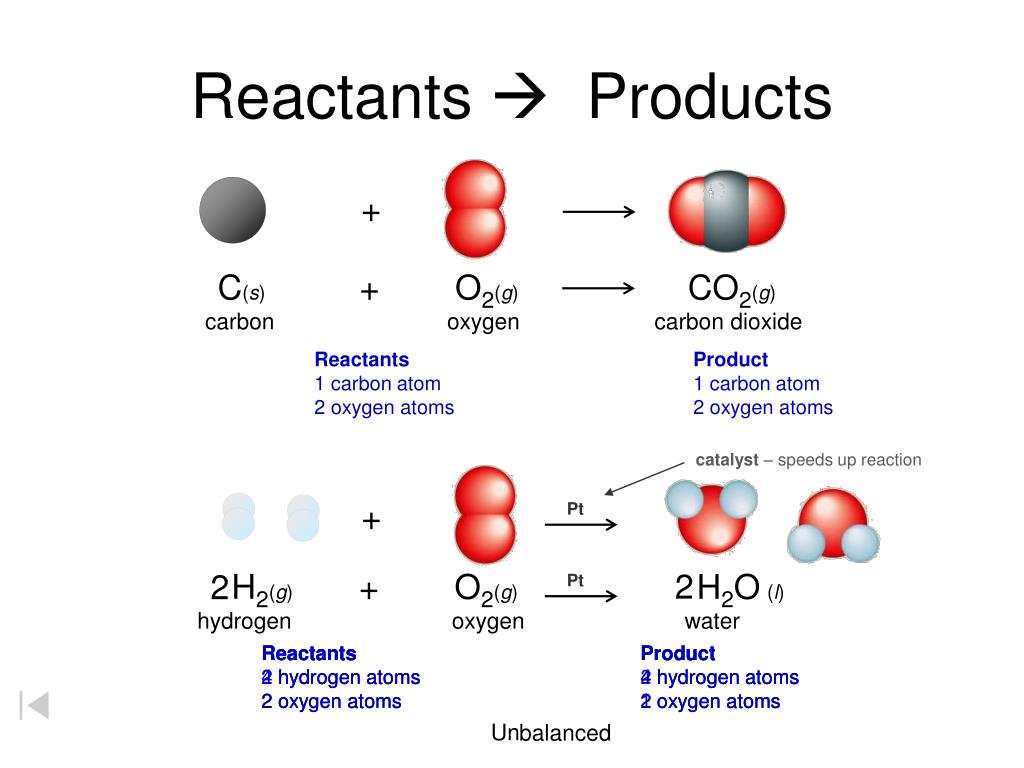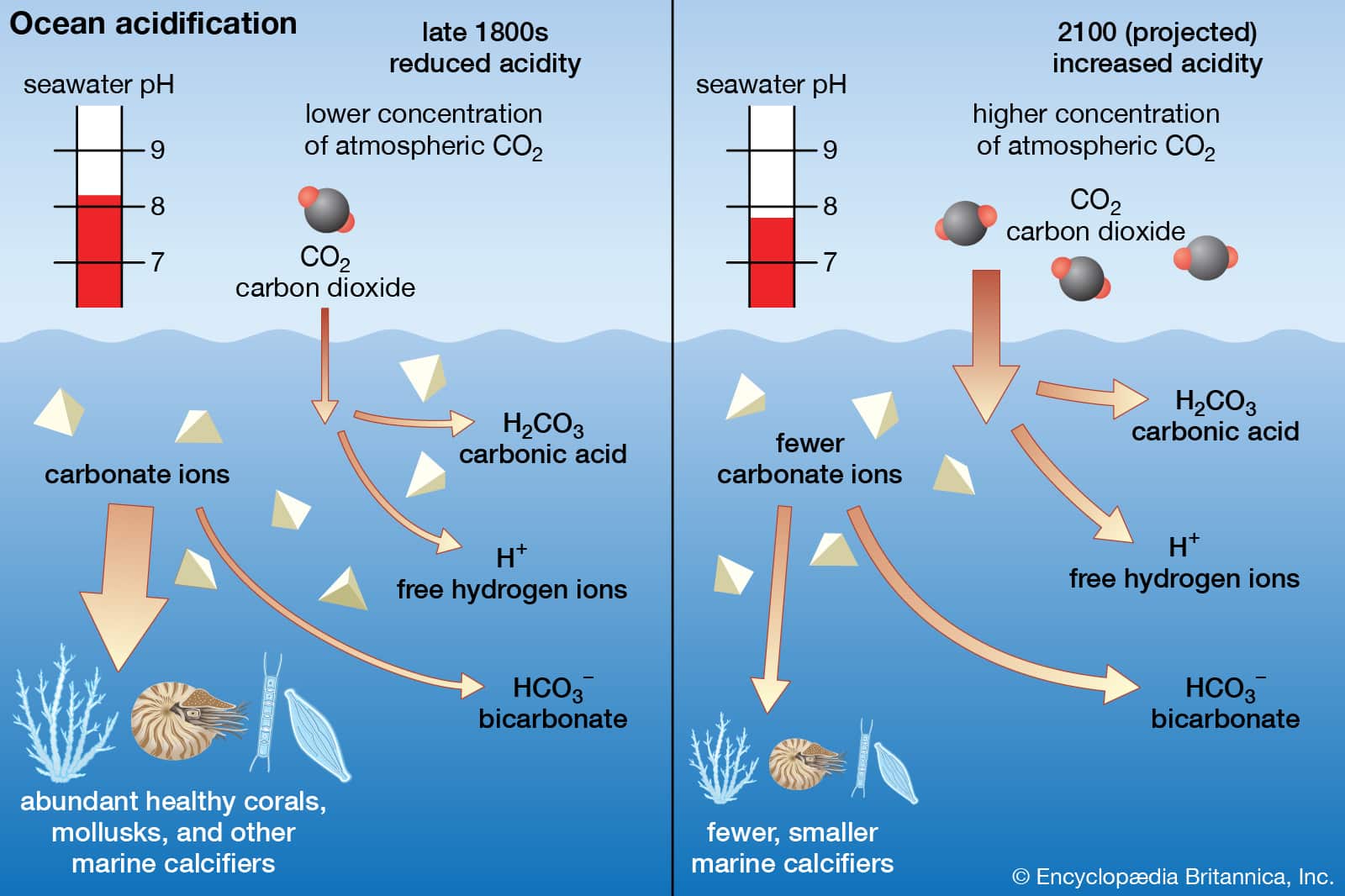

The OH groups of alcohol molecules make hydrogen bonding possible. 2).įigure 9.2 Intermolecular Hydrogen Bonding in Methanol. Replacing a hydrogen atom from an alkane with an OH group allows the molecules to associate through hydrogen bonding (Figure 9. This relationship is particularly apparent in small molecules and reflected in the physical and chemical properties of alcohols with low molar mass. Like the H–O–H bond in water, the R–O–H bond is bent, and the -OH portion of alcohol molecules are polar. A primary (1°) alcohol is one in which the carbon atom (in red) with the OH group is attached to one other carbon atom (in blue).Alcohols can be grouped into three classes on this basis.

Some of the properties and reactivity of alcohols depend on the number of carbon atoms attached to the specific carbon atom that is attached to the -OH group. The IUPAC suffixes used in naming simple organic molecules are noted in the chart An example is ethanol (CH 3CH 2OH).įigure 9.1 Common Organic Functional Groups that Contain Oxygen. The IUPAC nomenclature guidelines use the suffix ‘-ol’ to denote simple compounds that contain alcohols. Because -OH is the functional group of all alcohols, we often represent alcohols by the general formula ROH, where R is an alkyl group. For example, an alcohol is an organic compound with a hydroxyl (-OH) functional group on an aliphatic carbon atom. While you will not have to formally name complete structures, you should be able to identify functional groups contained within compounds based on their IUPAC names. Figure 9.1 provides the basic organic functional groups for these compounds and the IUPAC suffix that is used to name these compounds. This includes alcohols, phenols, ethers, aldehydes, ketones, carboxylic acids, and esters.

In this chapter you will be introduced to the major organic functional groups that contain oxygen. The Acidity of Carboxylic Acids Carboxylic Acids and the Formation of Salts Formation of Esters from Carboxylic Acids and Alcohols Hydrolysis of Esters 9.7 Chapter Summary 9.8 Referencesĩ.1 Introduction to Compounds that Contain Oxygen


 0 kommentar(er)
0 kommentar(er)
